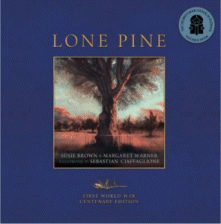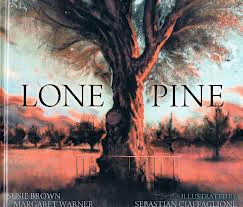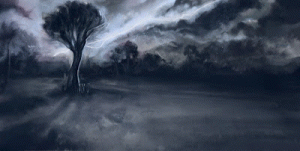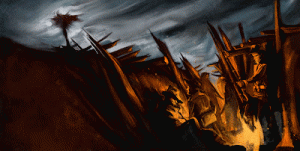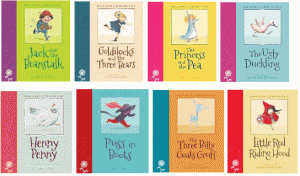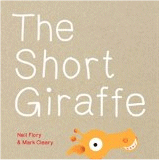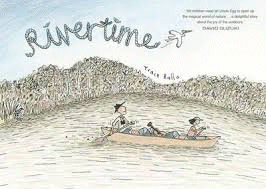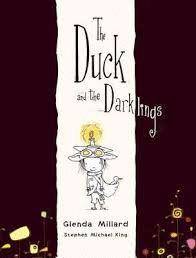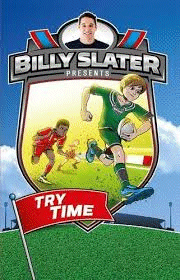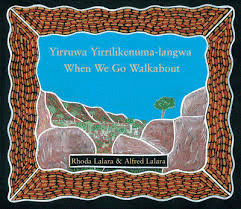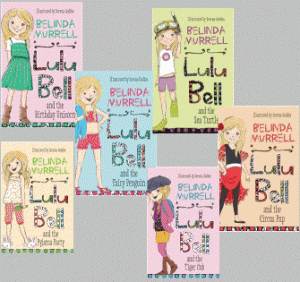
Lulu Bell
Lulu Bell (series)
Belinda Murrell
Serena Geddes
Random House Australia
pbk., 86pp., RRP $A9.95
Lulu Bell and the Birthday Unicorn
9781742758756
Lulu Bell and the Birthday Unicorn is the first in a new series by Belinda Murrell for young girls who are verging on being independent readers and looking for a novel which features a young heroine just like them. Lulu Bell is just eight, the practical one in a family that includes her six-year-old sister Rosie, who loves wearing angel wings and sparkly shoes; her three-year-old brother Gus who always wears his superhero suit; her dad, a busy vet and her mum, an artist- not to mention a menagerie of pets.
It is Rosie’s birthday and everyone is ready for the party. But just before the guests arrive, disaster strikes as little brother Gus lets a wayward pony into the kitchen. Suddenly, there is no mermaid birthday cake and it is way too late to get another one from the bakery. But practical, thoughtful Lulu has a solution as well as a surprise that turns the pony from villain to hero. And with a guest appearance by King Neptune, Rosie’s day is complete.
Lulu Bell and the Fairy Penguin
9781742758787
In this adventure, the Bell family are at the beach when a runaway dog chases a fairy penguin. Luckily, Lulu can call on the expert help of her father who is a vet, and the encounter inspires a community project designed to help people look out for and look after the penguins. And penguins aren’t her only problem – where is Pickles the cat, due to give birth at any time?
This is a refreshing series of stories about characters the readers can relate to, particularly Lulu as the strong, sensible level-headed lead. Each story is well-written, based on everyday events that only the most accomplished can turn into an engaging story and accompanied by charming illustrations by Serena Geddes who had six years’ experience with Walt Disney Studios in Sydney before turning to book illustrating. Miss 7 and I read each over the holidays and she is eagerly looking forward to the next instalments – Lulu Bell and the Cubby Fort and Lulu Bell and the Moon Dragon, both coming in August 2013.
Lulu Bell and the Sea Turtle
9780857982018
Lulu Bell and the Circus Pup
9780857981998
These are the two latest additions to the new series by Belinda Murrell for young girls who are verging on being independent readers and looking for a novel which features a young heroine just like them. Lulu Bell is just eight, the practical one in a family that includes her six-year-old sister Rosie, who loves wearing angel wings and sparkly shoes; her three-year-old brother Gus who always wears his superhero suit; her dad, a busy vet and her mum, an artist- not to mention a menagerie of pets.
Lulu Bell and the Sea Turtle is set on the Dampier Peninsula, which stretches 220 kilometres north of Brome in Western Australia and is based on the adventures that the author’s family had when they were there. This time Lulu’s mother has been invited to visit an Aboriginal community to choose paintings for an art show and so the family accompanies her to this remote place. From camping out, visiting the famous reef which flows like a waterfall as the tide recedes, making spears in the traditional way and learning to use them, this is a story packed with both adventure and authenticity that is characteristic of Murrell’s writing.
Lulu Bell and the Circus Pup is set much closer to home and involves all the fun of the circus when Spangles the performing dog goes missing, although Lulu finds out it is not all glamour when she finds her new friend shovelling horse poo! Her willingness to help with the tasks leads to all sorts of new opportunities that will be the envy of many a young lady!
This is a refreshing series of stories about characters the readers can relate to, particularly Lulu as the strong, sensible level-headed lead. Each story is well-written, based on everyday events that only the most accomplished can turn into an engaging story and accompanied by charming illustrations by Serena Geddes who had six years’ experience with Walt Disney Studios in Sydney before turning to book illustrating. Miss 7 has been eyeing these on my to-read pile for a few weeks now, impatiently wanting to get her hands on them since we read the first episodes together last year and Santa left some too. (Now she can read them for herself!) Add these to you collection and look out for two new titles in June and you will find that your younger girls will be queuing up for them.
Lulu Bell and the Tiger Cub
9780857983015
Lulu Bell and the Pyjama Party
9780857983039
There was great excitement at my house recently because Miss 8 came to stay and discovered in my review pile the two latest additions to the new series by Belinda Murrell for young girls who are verging on being independent readers and looking for a novel which features a young heroine just like them. Lulu Bell is just eight, the practical one in a family that includes her six-year-old sister Rosie, who loves wearing angel wings and sparkly shoes; her three-year-old brother Gus who always wears his superhero suit; her dad, a busy vet and her mum, an artist- not to mention a menagerie of pets. Miss 8 really enjoys this refreshing series of stories about characters she can relate to, particularly Lulu as the strong, sensible level-headed lead, and there were no “just-five-more-minutes?” at bedtime because she was so keen to curl up and read them.
In Lulu Bell and the Tiger Cub, Lulu and her friends go on a class excursion to the zoo. Given a treasure hunt of questions they need to answer, Lulu and her friends and the reader learn all sorts of unusual facts about the animals, such as the meerkat being able to eat scorpions because they’re immune to the venom. But it is because the zoo’s vet is one of her dad’s best friends that they have a remarkable experience with Berani the tiger cub and make it a zoo trip to remember.
In Lulu Bell and the Pyjama Party Lulu has an exciting time as Molly and Sam and Ebony sleep over. But instead of games, snacks, stories and whispering and giggling far into the night, they are needed to help Dad at the vet hospital as he has one of his busiest nights for years.
Read the review of Lulu Bell and the Christmas Elf
Based on the author’s own experiences of growing up in a vet hospital, this series has an authenticity that really appeals to its target audience, particularly as that is the age when so many of them dream of living the life themselves. Each new adventure is greeted warmly by Miss 8, who delights in being able to read them for herself, and I know she has introduced her friends to Lulu Bell because she told me her school’s teacher librarian was wondering when the latest episodes would be available. She was delighted when I told her that there would be a special Christmas one available in November. So for a read of the more traditional kind that really speaks to this age group, this series should be on your library’s must-have list. If it’s already part of your collection, then look for these new titles and tell the students they can find out more at her website.
